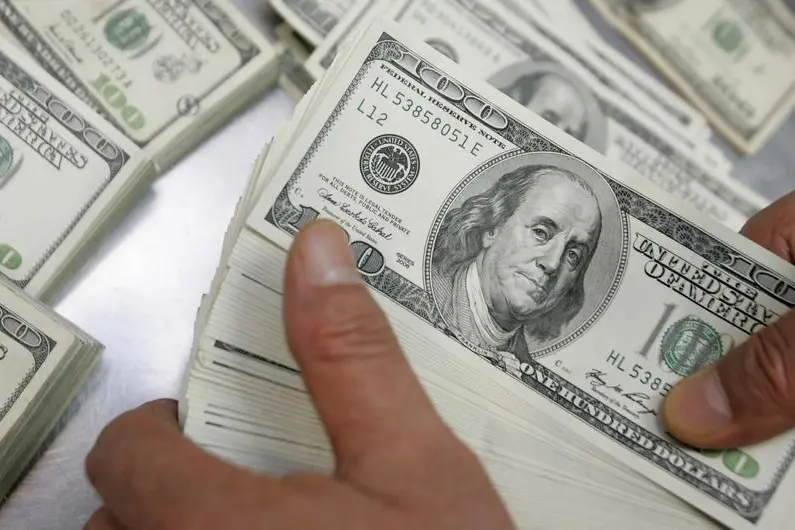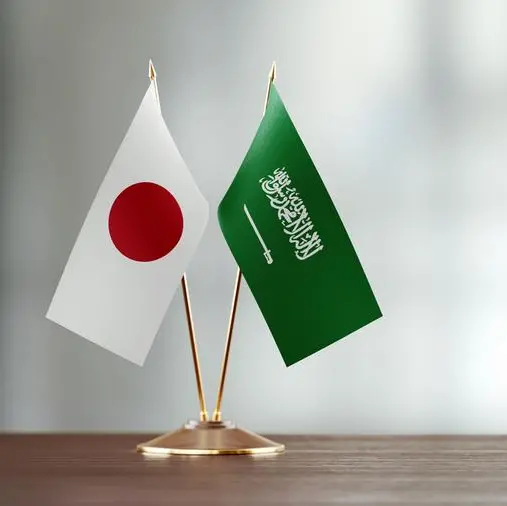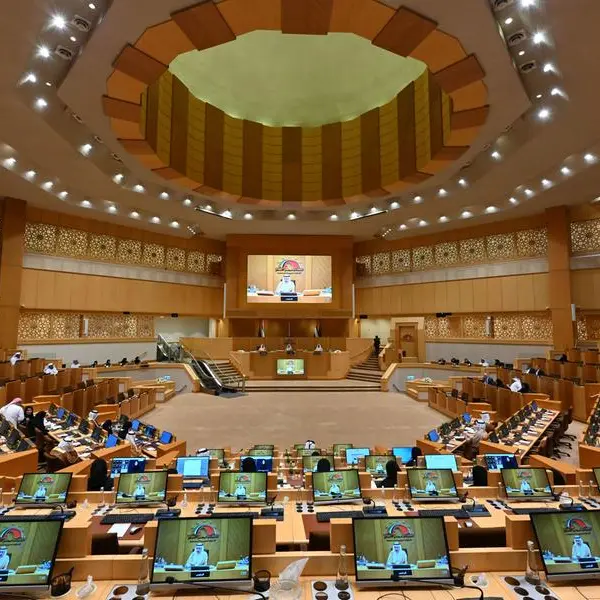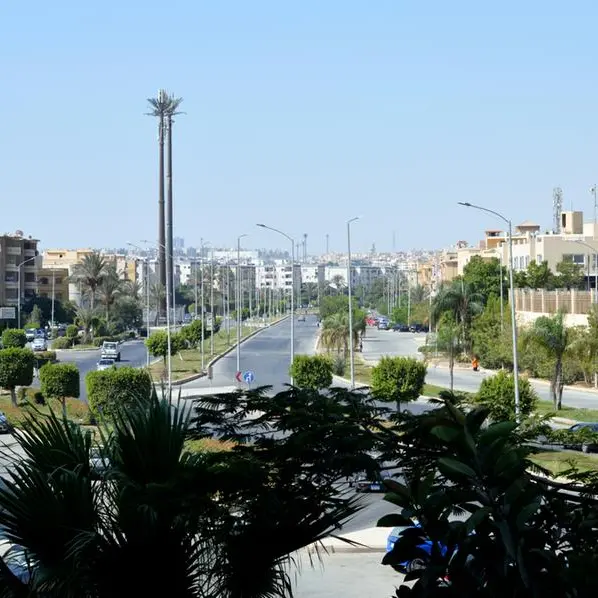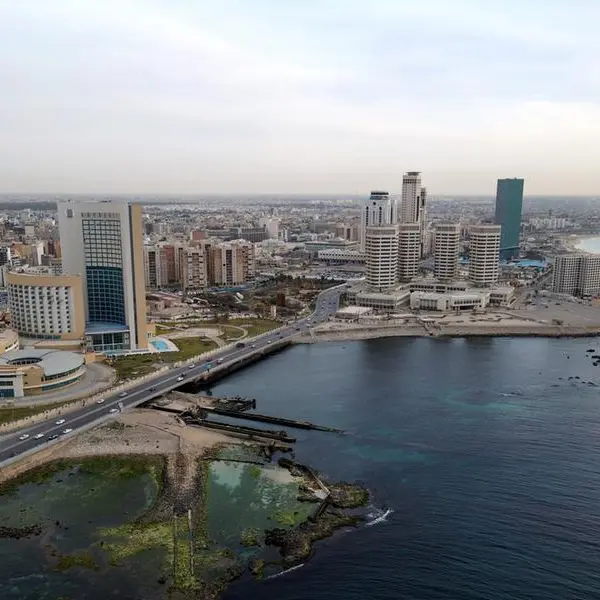PHOTO
The UAE current account surplus surged to AED97.1 billion in 2017, accounting for 6.9 perc ent of the gross domestic product (GDP).
The figure almost doubled from AED48.5 billion, 3.7 per cent of GDP, in 2016, on the back of rising oil prices and improving economic performance coupled with a trade balance surplus and a rise in investment income as well as a decline in trade deficit and a sharp fall in transfers during 2017, according to state news agency WAM.
The significant increase of 25.1 per cent in hydrocarbon exports has been attributed to the upsurge. Compared to 2016, the rise in the prices of crude oil and related by-products, with non-hydrocarbon exports up 0.3 per cent, has brought total exports up by 4.6 per cent at AED49.5 billion.
Meanwhile total imports including costs of insurance, and shipping from major partner countries increased by AED11.5 billion, with trade balance surplus standing high at 20.7 per cent of the GDP.
In terms of services, WAM reported that the number of tourist arrivals increased by eight per cent, while tourist spending growth rate went down. Net investment income increased with inflows valued at AED10.2 billion as a direct result of rising interest rates and oil prices, while public sector transfers dropped slightly and private sector transfers abroad increased due to a rise in the expats' remittances which led to a net increase of AED7.7 billion in transfers as compared to 2016.
The significant rise in current account surplus and decline in the trade balance deficit resulted in a balance of payment surplus of AED36.3 billion, comprising 2.6 per cent of GDP, meaning net foreign assets held by the CBUAE increased during the same period by AED36.3 billion, inclusive CBUAE's Reserve Tranche Position (RTP) and Special Drawing Rights holdings with the International Monetary Fund, WAM said.
© 2018 CPI Financial. All rights reserved. Provided by SyndiGate Media Inc. (Syndigate.info).
